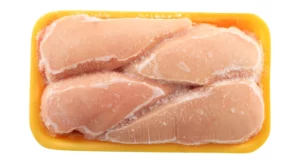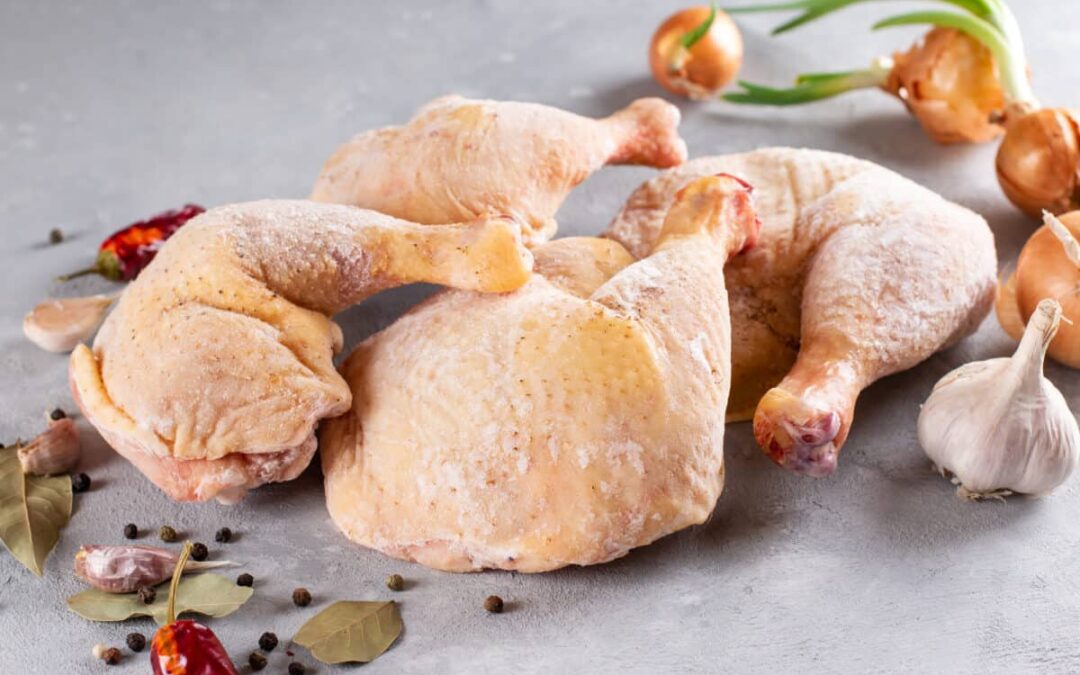Frozen chicken is a popular choice for many families and restaurants because it is convenient, affordable, and can be stored for long periods of time. However, getting frozen chicken from the farm or processing plant to your dinner table involves a complex distribution process.
Quaker Valley Foods is proud to offer frozen chicken as a long lasting alternative to our fresh options. But how does it get from our vendors to you?
Let’s take a closer look at how frozen chicken is distributed:
1. Processing and packaging: Frozen chicken is processed at a poultry processing plant, where it is cleaned, cut into various pieces, and packaged for distribution. The chicken is then blast frozen to ensure that it stays fresh during transportation. We also buy fresh chickens and store them in our industry standard freezers when necessary.


3. Distribution to retailers: Frozen chicken is shipped to retailers, such as supermarkets and grocery stores, where it is stored in freezers until it is purchased by consumers.
4. Transportation to consumers: Once a consumer purchases frozen chicken, it is their responsibility to transport it home and store it in their own freezer until they are ready to use it.
There are several factors that can impact the efficiency of the frozen chicken distribution process, including the distance the chicken needs to travel, the availability of transportation, and the effectiveness of the freezing and packaging process. By understanding the distribution process, we can appreciate the efforts that go into getting frozen chicken from the farm to our tables.
Contact a Quaker Valley Foods Sales Specialist (215-992-0900) and place your order today.

